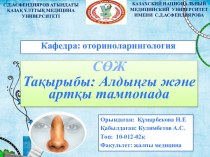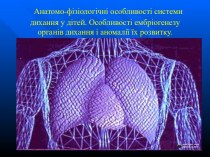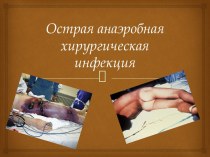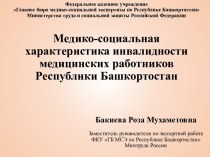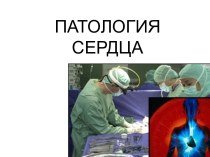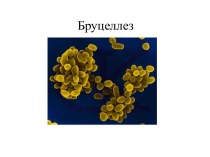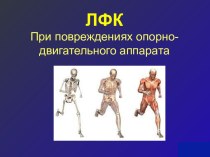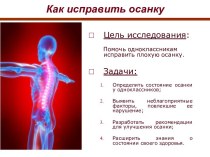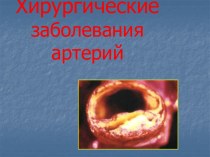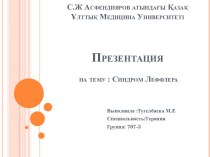- Главная
- Разное
- Бизнес и предпринимательство
- Образование
- Развлечения
- Государство
- Спорт
- Графика
- Культурология
- Еда и кулинария
- Лингвистика
- Религиоведение
- Черчение
- Физкультура
- ИЗО
- Психология
- Социология
- Английский язык
- Астрономия
- Алгебра
- Биология
- География
- Геометрия
- Детские презентации
- Информатика
- История
- Литература
- Маркетинг
- Математика
- Медицина
- Менеджмент
- Музыка
- МХК
- Немецкий язык
- ОБЖ
- Обществознание
- Окружающий мир
- Педагогика
- Русский язык
- Технология
- Физика
- Философия
- Химия
- Шаблоны, картинки для презентаций
- Экология
- Экономика
- Юриспруденция
Что такое findslide.org?
FindSlide.org - это сайт презентаций, докладов, шаблонов в формате PowerPoint.
Обратная связь
Email: Нажмите что бы посмотреть
Презентация на тему The treatment of Lobular Pneumonia
Содержание
- 2. Pneumonia is an inflammation of the lung,
- 5. Pneumonia: infecting organisms in approximate descending order
- 7. The usual clinical presentation in pneumonia caused
- 8. Pneumococci are typically asociated with pneumonia
- 9. Lobar pneumonia: stage of onsetMorphology. Congestion stage
- 10. Lobar pneumonia: stage of consolidationMorphology. Red hepatization
- 12. Lobar pneumonia: stage of resolutionMorphology. Resolution stage
- 14. ComplicationsLung abscessPleurisyToxic shockMyocarditis
- 15. Pleurisy
- 16. Pleurisy with effusion: a-anterior view; b—posterior view: 1—Damoiseau's curve; 2—Garland's triangle; 3—Rauchfuss-Grocco triangle.
- 17. Mycoplasma pneumoniae is the most common cause
- 18. Staphylococcal pneumonia typically occurs as a complication
- 19. Legionnaires' disease is pneumonia caused by Le-gionella
- 20. Aspiration pneumonia results from the aspiration of
- 21. Treatment of all pneumonias should be started
- 22. Infection in the immunocompromised hostThere has been
- 23. Pneumocystis carinii is the most important cause
- 24. In Pneumocystis carinii pneumonia the changes on
- 25. Principles of treatmentAntibioticsExpectorantsDesintoxicationOxygenAntigistamine agentsSymptomatic therapy
- 26. Скачать презентацию
- 27. Похожие презентации
Pneumonia is an inflammation of the lung, usually caused by bacteria, viruses or protozoa. If the infection is localized to one or two lobes of a lung it is referred to as «lobar pneumonia» and if


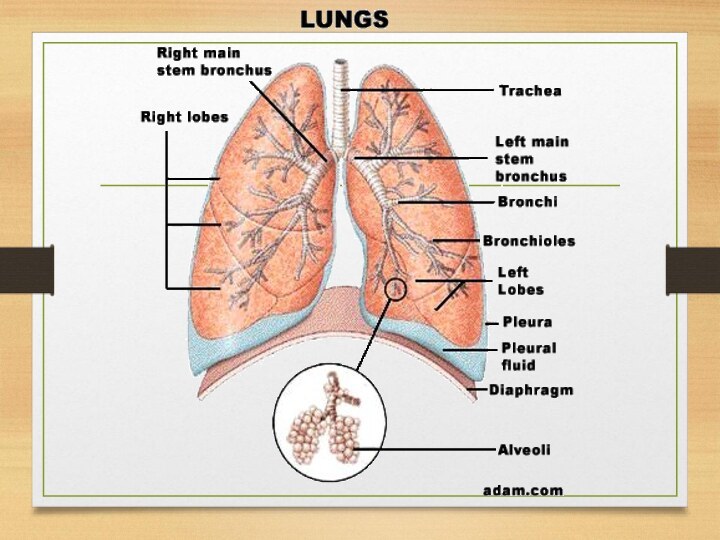

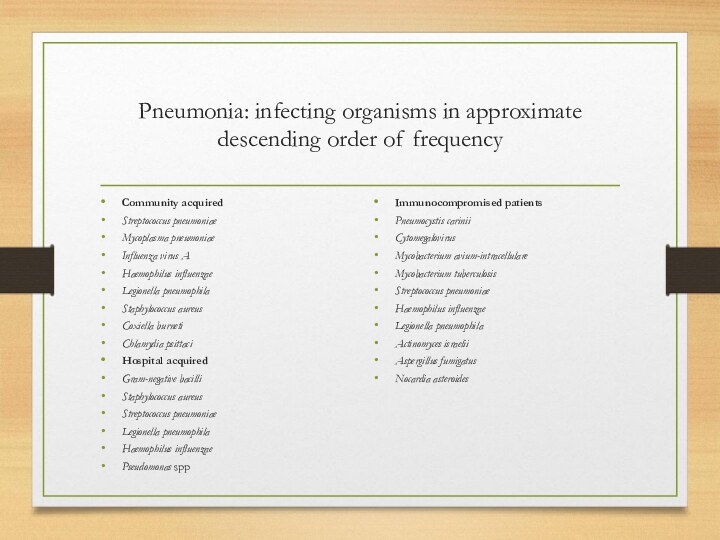




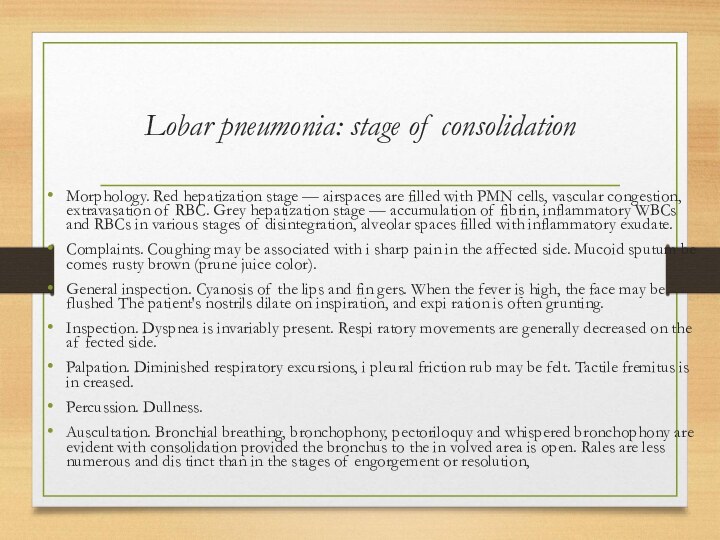

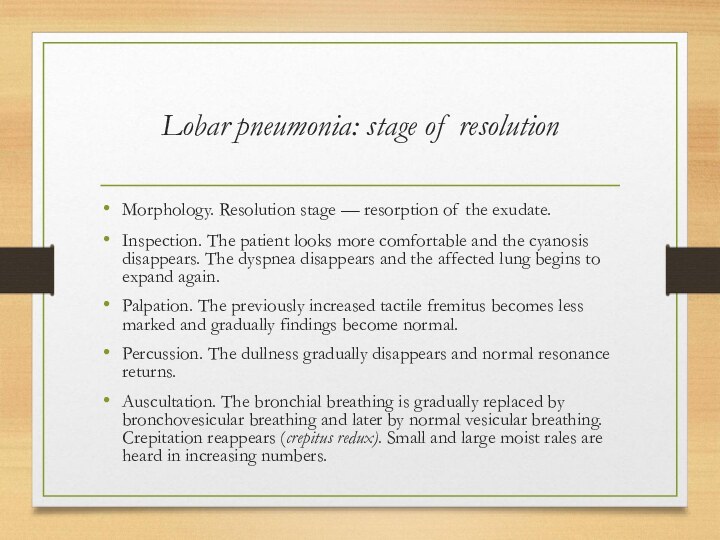
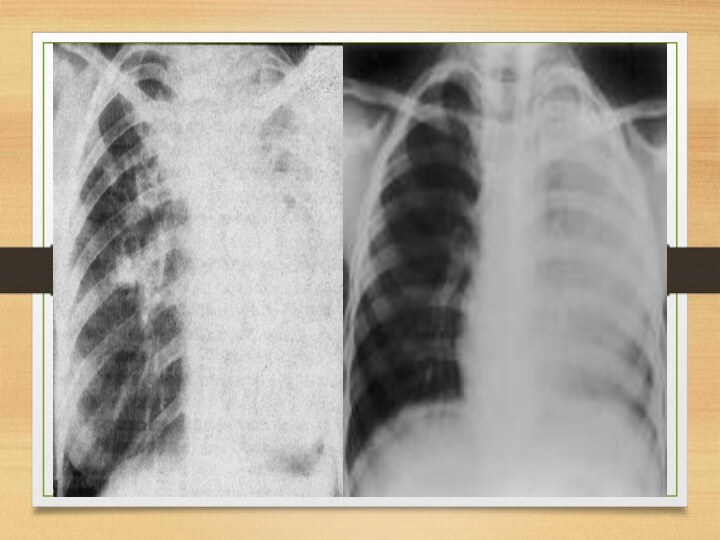
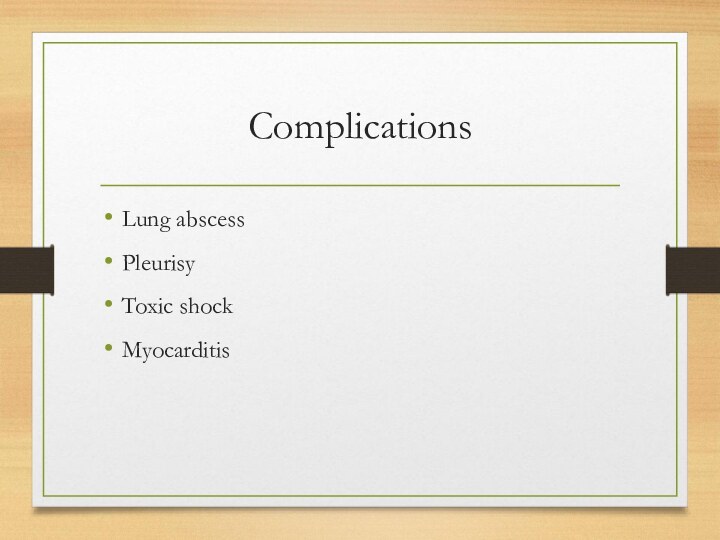
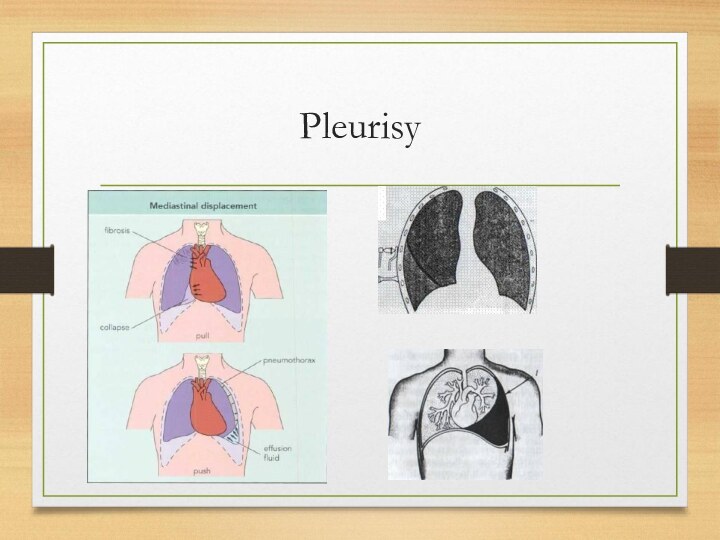

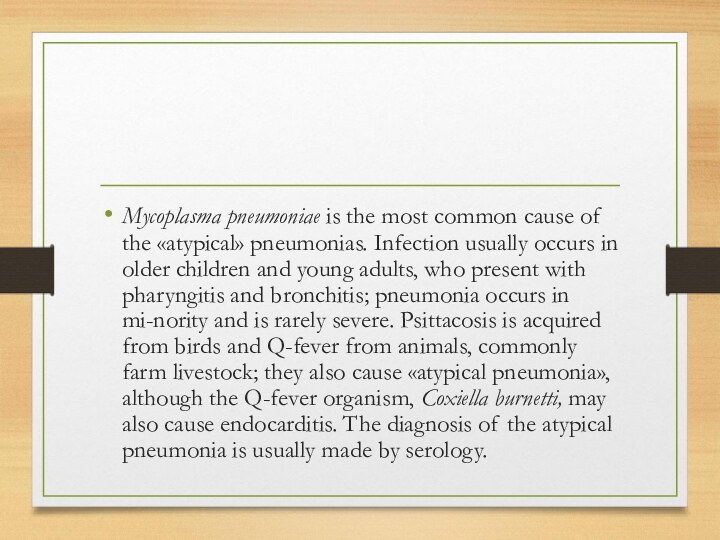
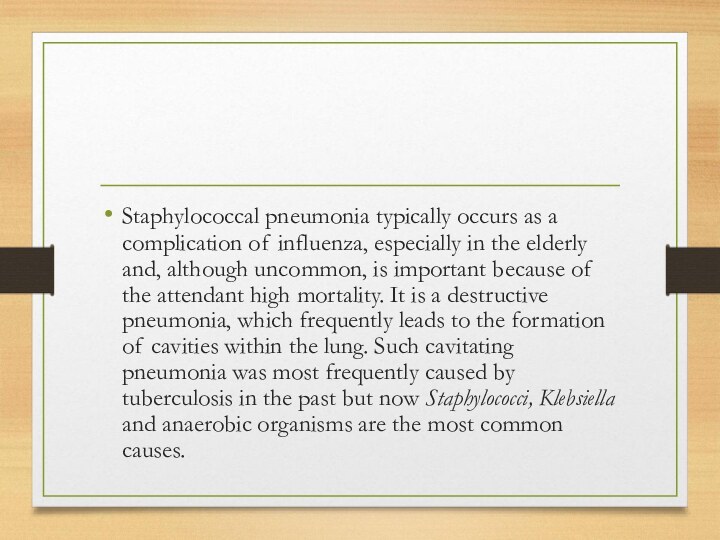
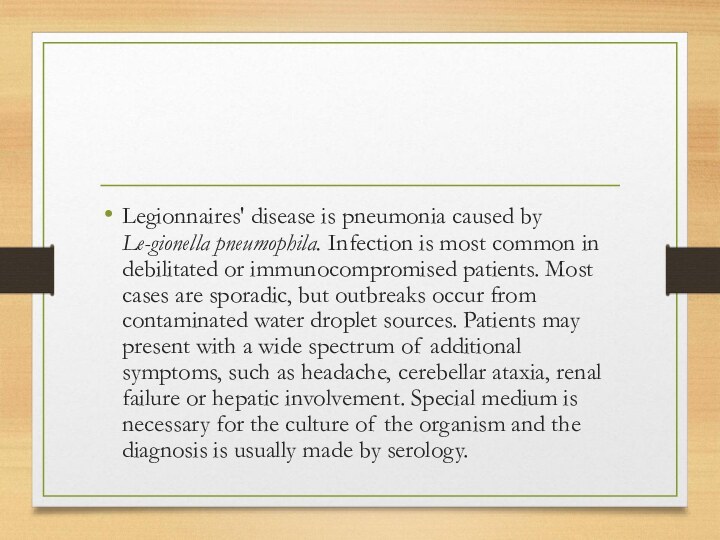
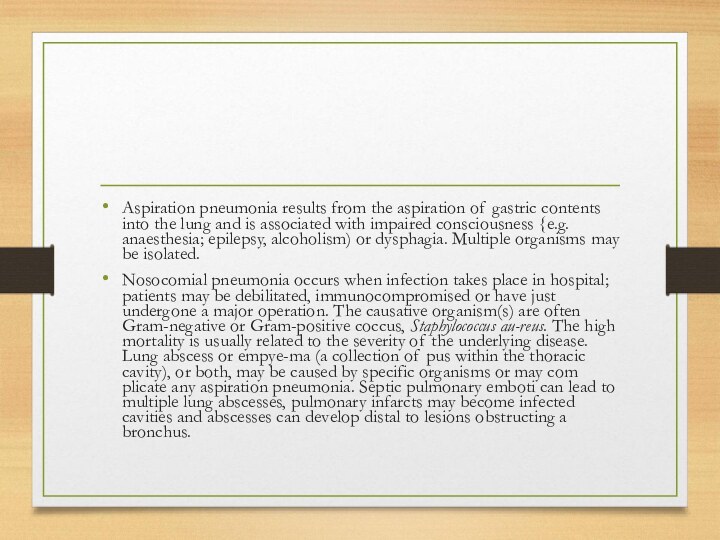
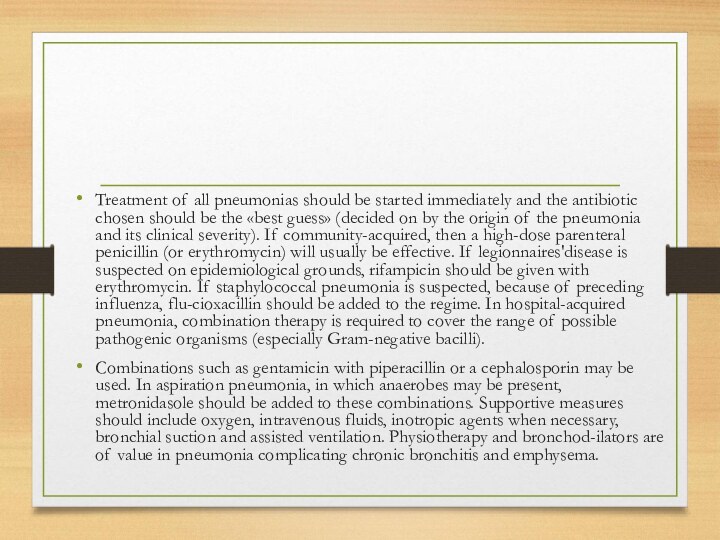
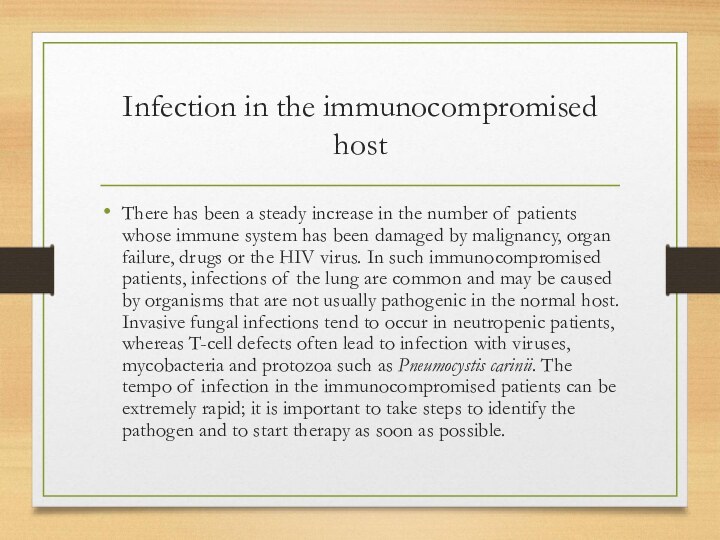
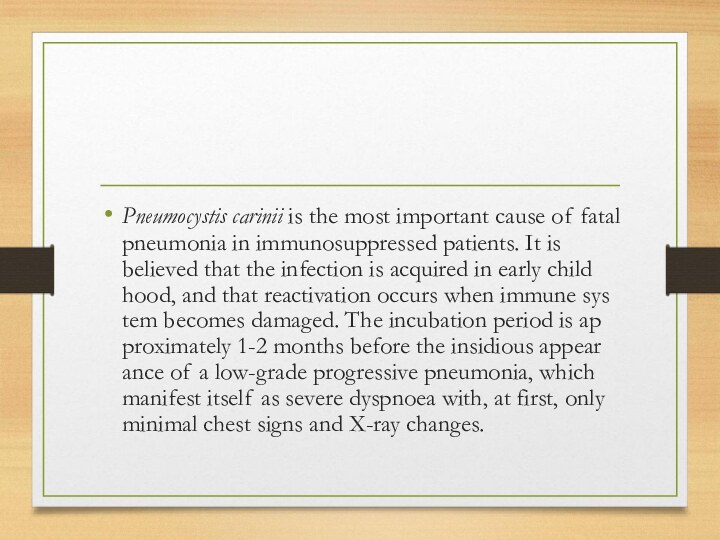



Слайд 5 Pneumonia: infecting organisms in approximate descending order of
frequency
Community acquired
Streptococcus pneumoniae
Mycoplasma pneumoniae
Influenza virus A
Haemophilus influenzae
Legionella pneumophila
Staphylococcus aureus
Coxiella
burnetiChlamydia psittaci
Hospital acquired
Gram-negative bacilli
Staphylococcus aureus
Streptococcus pneumoniae
Legionella pneumophila
Haemophilus influenzae
Pseudomonas spp
Immunocompromised patients
Pneumocystis carinii
Cytomegalovirus
Mycobacterium avium-intracellulare
Mycobacterium tuberculosis
Streptococcus pneumoniae
Haemophilus influenzae
Legionella pneumophila
Actinomyces israelii
Aspergillus fumigatus
Nocardia asteroides
Слайд 7
The usual clinical presentation in pneumonia caused by
Streptococcus pneumoniae is acute, with the abrupt onset of
malaise, fever, rigors, cough, pleuritic pain, tachycardia and tachypnoea, often accompanied by confusion, especially in the elderly. The signs include a high temperature, consolidation and pleural rubs, and herpetic lesions may appear on the lips. There may also be signs of pre-existing disease, especially chronic bronchitis and emphysema or heart failure in the elderly. The sputum becomes rust-coloured over the following 24 hours. The diagnosis is made on clinical grounds and confirmed by chest X-ray.
Слайд 9
Lobar pneumonia: stage of onset
Morphology. Congestion stage —
extensive serous exudation, vascular engorgement, rapid bacterial proliferation.
Inspection. An
increased respiratory rate is usually evident. Pain is a frequent accompaniment, and with it the involved side shows a lag of respiratory motion.Palpation. Palpation confirms the findings on inspection. Tactile fremitus is normal or even slightly decreased, and a pleural friction rub may be present.
Percussion. Impaired resonance may be elicited with light percussion. This finding is extremely important.
Auscultation. Although the breath sounds may be diminished, expiration is prolonged and crepitation (crepitus indux) is heard. With pleural involvement, a pleural friction sound is determined.
Слайд 10
Lobar pneumonia: stage of consolidation
Morphology. Red hepatization stage
— airspaces are filled with PMN cells, vascular congestion,
extravasation of RBC. Grey hepatization stage — accumulation of fibrin, inflammatory WBCs and RBCs in various stages of disintegration, alveolar spaces filled with inflammatory exudate.Complaints. Coughing may be associated with i sharp pain in the affected side. Mucoid sputum be comes rusty brown (prune juice color).
General inspection. Cyanosis of the lips and fin gers. When the fever is high, the face may be flushed The patient's nostrils dilate on inspiration, and expi ration is often grunting.
Inspection. Dyspnea is invariably present. Respi ratory movements are generally decreased on the af fected side.
Palpation. Diminished respiratory excursions, i pleural friction rub may be felt. Tactile fremitus is in creased.
Percussion. Dullness.
Auscultation. Bronchial breathing, bronchophony, pectoriloquy and whispered bronchophony are evident with consolidation provided the bronchus to the in volved area is open. Rales are less numerous and dis tinct than in the stages of engorgement or resolution,
Слайд 12
Lobar pneumonia: stage of resolution
Morphology. Resolution stage —
resorption of the exudate.
Inspection. The patient looks more comfortable
and the cyanosis disappears. The dyspnea disappears and the affected lung begins to expand again.Palpation. The previously increased tactile fremitus becomes less marked and gradually findings become normal.
Percussion. The dullness gradually disappears and normal resonance returns.
Auscultation. The bronchial breathing is gradually replaced by bronchovesicular breathing and later by normal vesicular breathing. Crepitation reappears (crepitus redux). Small and large moist rales are heard in increasing numbers.
Слайд 16 Pleurisy with effusion: a-anterior view; b—posterior view: 1—Damoiseau's curve;
2—Garland's triangle;
3—Rauchfuss-Grocco triangle.
Слайд 17
Mycoplasma pneumoniae is the most common cause of
the «atypical» pneumonias. Infection usually occurs in older children
and young adults, who present with pharyngitis and bronchitis; pneumonia occurs in mi-nority and is rarely severe. Psittacosis is acquired from birds and Q-fever from animals, commonly farm livestock; they also cause «atypical pneumonia», although the Q-fever organism, Coxiella burnetti, may also cause endocarditis. The diagnosis of the atypical pneumonia is usually made by serology.
Слайд 18
Staphylococcal pneumonia typically occurs as a complication of
influenza, especially in the elderly and, although uncommon, is
important because of the attendant high mortality. It is a destructive pneumonia, which frequently leads to the formation of cavities within the lung. Such cavitating pneumonia was most frequently caused by tuberculosis in the past but now Staphylococci, Klebsiella and anaerobic organisms are the most common causes.
Слайд 19
Legionnaires' disease is pneumonia caused by Le-gionella pneumophila.
Infection is most common in debilitated or immunocompromised patients.
Most cases are sporadic, but outbreaks occur from contaminated water droplet sources. Patients may present with a wide spectrum of additional symptoms, such as headache, cerebellar ataxia, renal failure or hepatic involvement. Special medium is necessary for the culture of the organism and the diagnosis is usually made by serology.
Слайд 20
Aspiration pneumonia results from the aspiration of gastric
contents into the lung and is associated with impaired
consciousness {e.g. anaesthesia; epilepsy, alcoholism) or dysphagia. Multiple organisms may be isolated.Nosocomial pneumonia occurs when infection takes place in hospital; patients may be debilitated, immunocompromised or have just undergone a major operation. The causative organism(s) are often Gram-negative or Gram-positive coccus, Staphylococcus au-reus. The high mortality is usually related to the severity of the underlying disease. Lung abscess or empye-ma (a collection of pus within the thoracic cavity), or both, may be caused by specific organisms or may complicate any aspiration pneumonia. Septic pulmonary emboti can lead to multiple lung abscesses, pulmonary infarcts may become infected cavities and abscesses can develop distal to lesions obstructing a bronchus.
Слайд 21
Treatment of all pneumonias should be started immediately
and the antibiotic chosen should be the «best guess»
(decided on by the origin of the pneumonia and its clinical severity). If community-acquired, then a high-dose parenteral penicillin (or erythromycin) will usually be effective. If legionnaires'disease is suspected on epidemiological grounds, rifampicin should be given with erythromycin. If staphylococcal pneumonia is suspected, because of preceding influenza, flu-cioxacillin should be added to the regime. In hospital-acquired pneumonia, combination therapy is required to cover the range of possible pathogenic organisms (especially Gram-negative bacilli).Combinations such as gentamicin with piperacillin or a cephalosporin may be used. In aspiration pneumonia, in which anaerobes may be present, metronidasole should be added to these combinations. Supportive measures should include oxygen, intravenous fluids, inotropic agents when necessary, bronchial suction and assisted ventilation. Physiotherapy and bronchod-ilators are of value in pneumonia complicating chronic bronchitis and emphysema.
Слайд 22
Infection in the immunocompromised host
There has been a
steady increase in the number of patients whose immune
system has been damaged by malignancy, organ failure, drugs or the HIV virus. In such immunocompromised patients, infections of the lung are common and may be caused by organisms that are not usually pathogenic in the normal host. Invasive fungal infections tend to occur in neutropenic patients, whereas T-cell defects often lead to infection with viruses, mycobacteria and protozoa such as Pneumocystis carinii. The tempo of infection in the immunocompromised patients can be extremely rapid; it is important to take steps to identify the pathogen and to start therapy as soon as possible.
Слайд 23
Pneumocystis carinii is the most important cause of
fatal pneumonia in immunosuppressed patients. It is believed that
the infection is acquired in early childhood, and that reactivation occurs when immune system becomes damaged. The incubation period is approximately 1-2 months before the insidious appearance of a low-grade progressive pneumonia, which manifest itself as severe dyspnoea with, at first, only minimal chest signs and X-ray changes.
Слайд 24
In Pneumocystis carinii pneumonia the changes on X-ray
may be very minor, but the patient is markedly
hypoxic and a transbronchial biopsy usually reveals P. carinii. Unless the infection is treated promptly, most severe pneumonic changes follow.The pneumonia progresses rapidly, and within a few days obvious pneumonic changes may be seen on the chest X-ray. Diagnosis depends on demonstrating the organism in sputum, bronchial lavage or lung tissue, which may require a lung biopsy. Treatment is with cotrimoxazole or pentamidine; both of these may be used in prophylaxis. Mortality remains high despite treatment.
